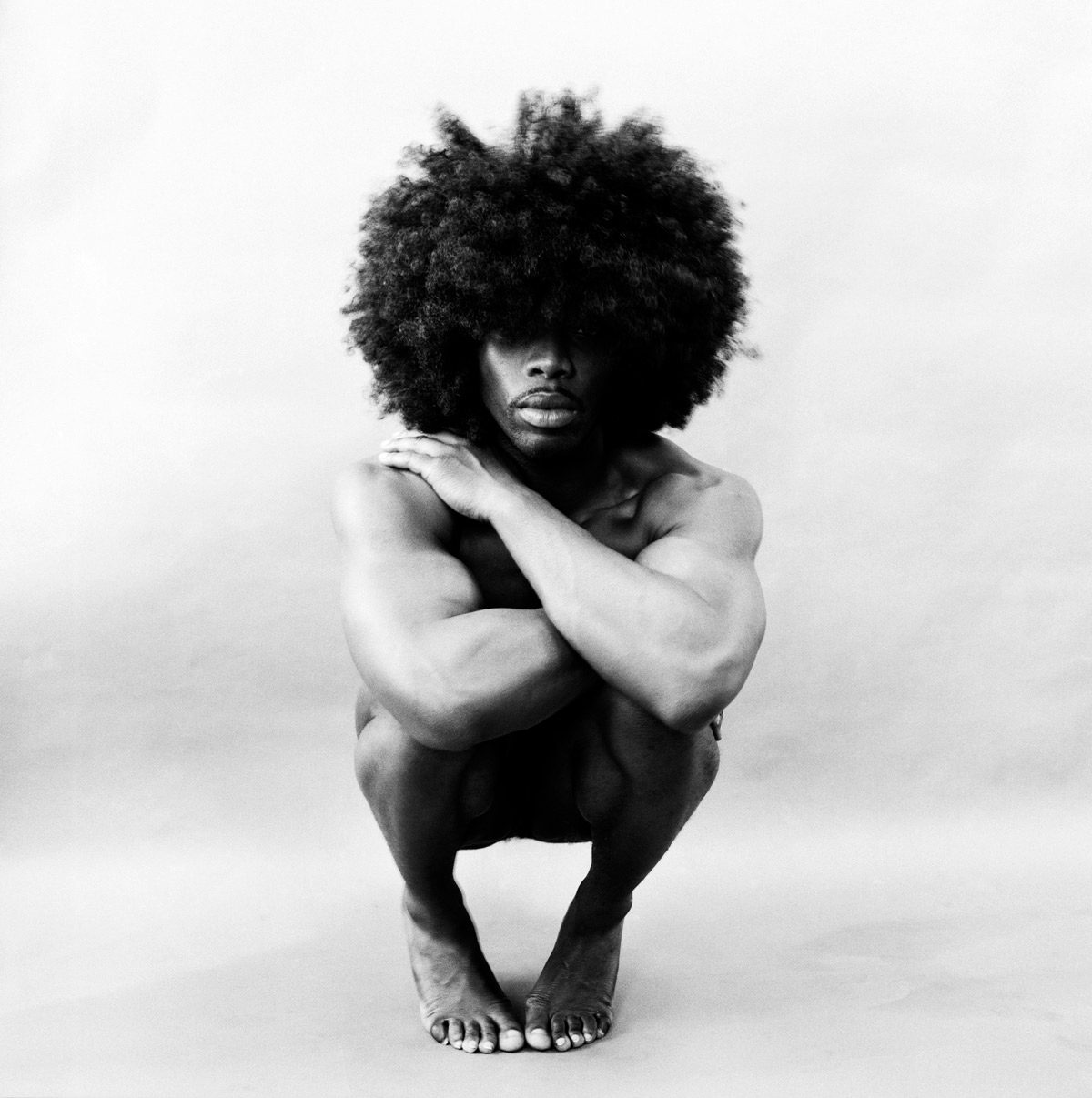New photography show examines modern masculinities
A new exhibition at the Barbican Art Gallery in London examines how our view of masculinity has evolved over the decades. Writer Diane Smyth talks to its curator, Alona Pardo, for CR
“In January 2019, Gillette released a fast-paced ad campaign littered with contemporary cultural references and accompanied by the suggestive tagline: The Best Men Can Be,” writes curator Alona Pardo in the catalogue for the Barbican’s new exhibition, Masculinities: Liberation through Photography. “The short film opens with a cast of black, brown and white men, young and old, all staring defiantly into nondescript bathroom mirrors while the soothing voice of a narrator poses the provocative question, ‘Is this the best a man can get?’ The answer, the film emphatically suggests, is ‘No.’”
Going on to reference cyberbullying and the revelations of the #MeToo movement, this ad is firmly of its time, Pardo muses, even pronouncing: “There will be no going back.” Its central message is that “upholding the traditional tenets of power and strength, ideals commonly associated with the performance of hegemonic masculinity, is hindering both personal and social emancipation,” she continues.
It is this complex ground that the Barbican show also explores, through work by over 50 artists working from the 1950s on. Masculinities presents projects that undercut the stereotypes surrounding male behaviour to suggest a wider range of possibilities, including those who are not white, not straight, not young, and not athletic. It even includes those who don’t identify as men, taking in tropes of masculinity as acted out by women, and questioning the correlation between sex and gender.













